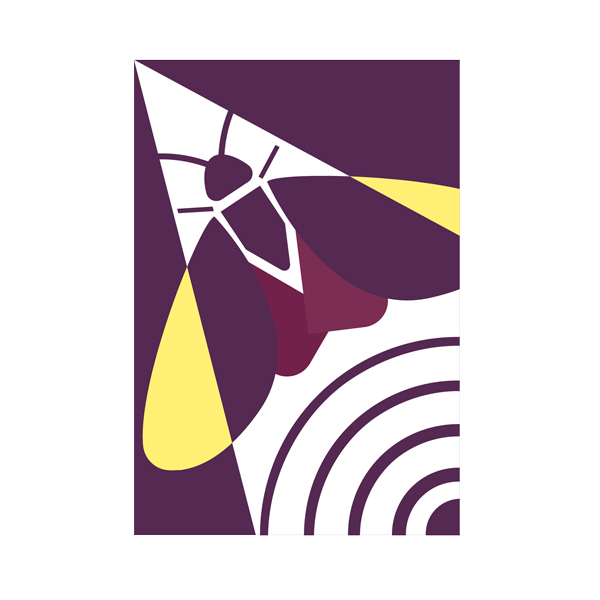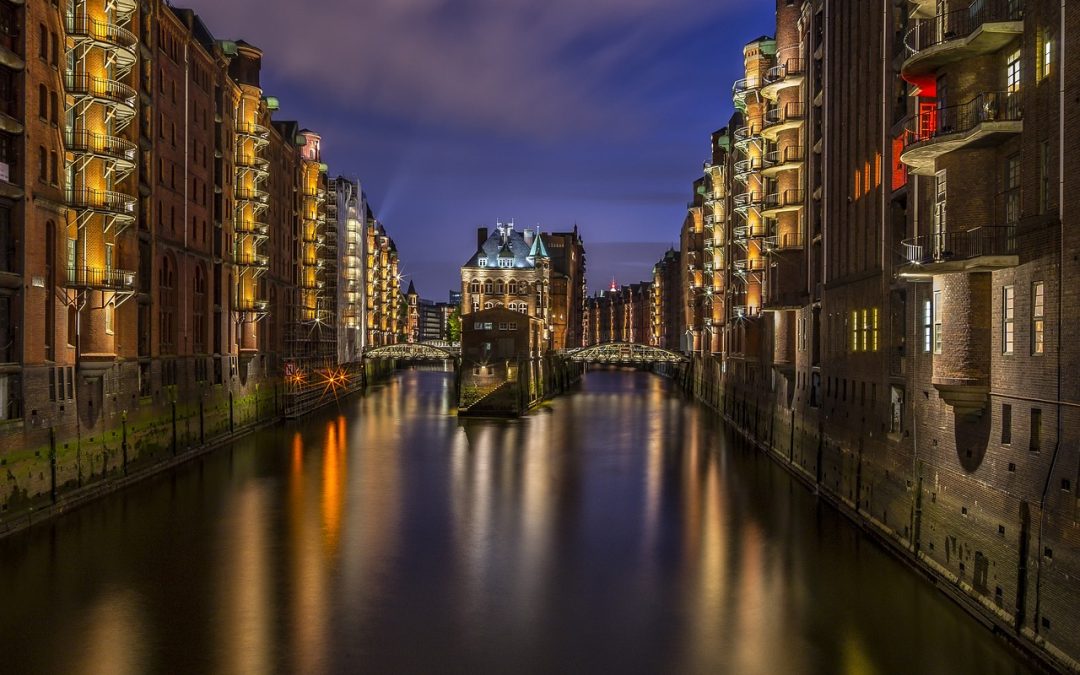A new article has been published in Nature cities by Team Nachtlichter describing the use of citizen science methodologies for monitoring light pollution across Germany,
Team Nachtlichter. Citizen science illuminates the nature of city lights. Nat Cities 2, 496–505 (2025). https://doi.org/10.1038/s44284-025-00239-5
Abstract
The image of Earth at night from space, with its constellations of cities, has become iconic. However, our understanding of the source and scale of artificial light emissions is still in the dark, hampering urban environmental protection efforts. In 2021, our citizen scientists used the Nachtlichter app to count and classify 234,044 light sources across a 22-km2 area, primarily in Germany. We show that such a dataset can be used to translate space-based radiance observations to the more understandable unit of installed lights per km2 on the ground. We find that in German city centers, more total light sources are used for advertising and aesthetic purposes than for street lighting. Furthermore, we estimate that 78 ± 3 million individual light sources remain illuminated at midnight across Germany, highlighting great potential for mitigation. These findings not only offer direct knowledge for artificial light research but also serve as a practical resource for policymakers to mitigate urban light pollution.
Image by Michael Krämer from Pixabay

